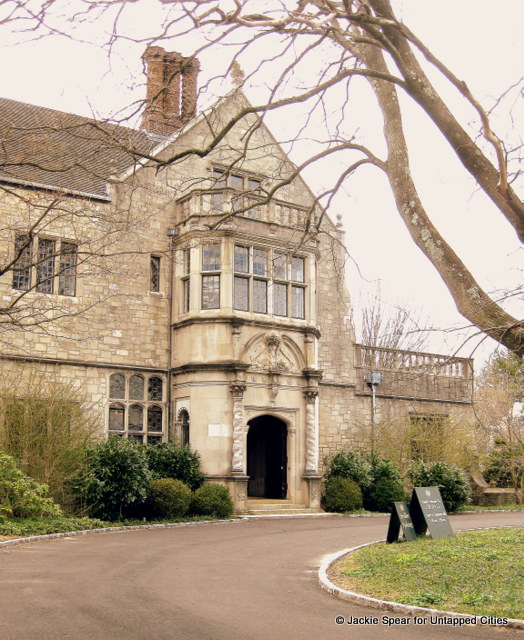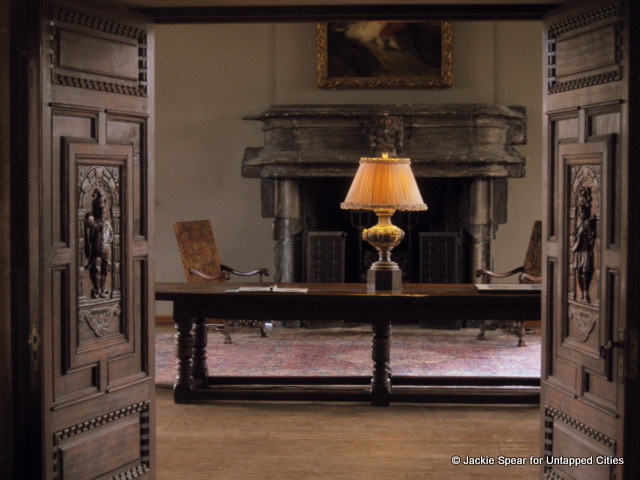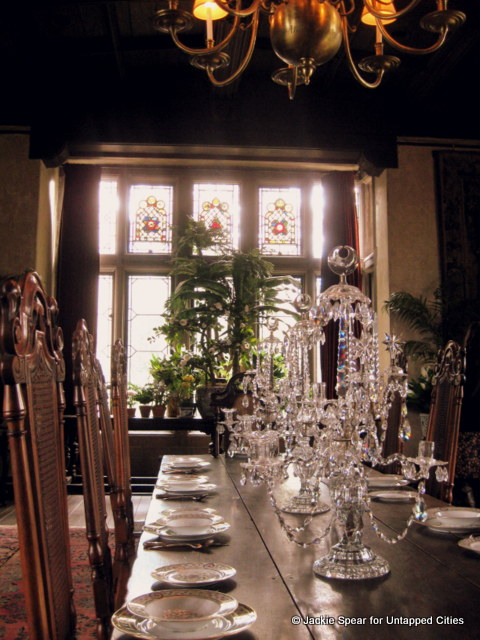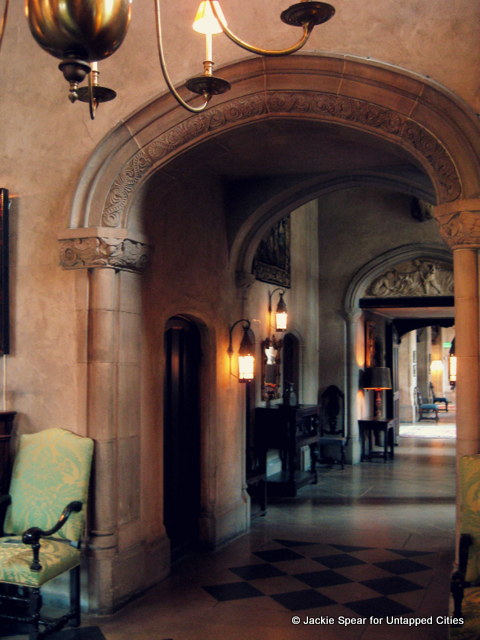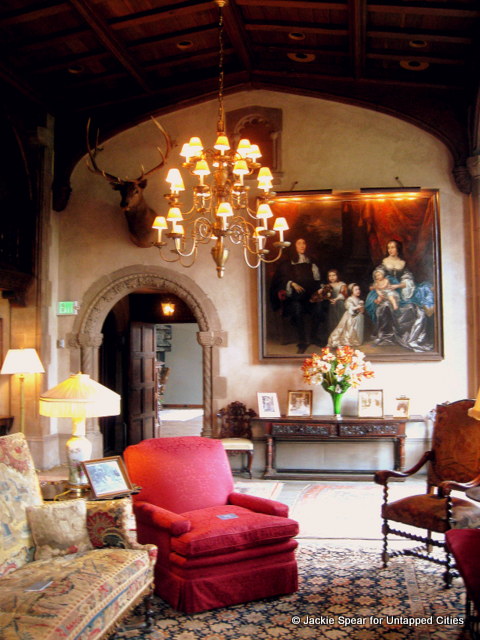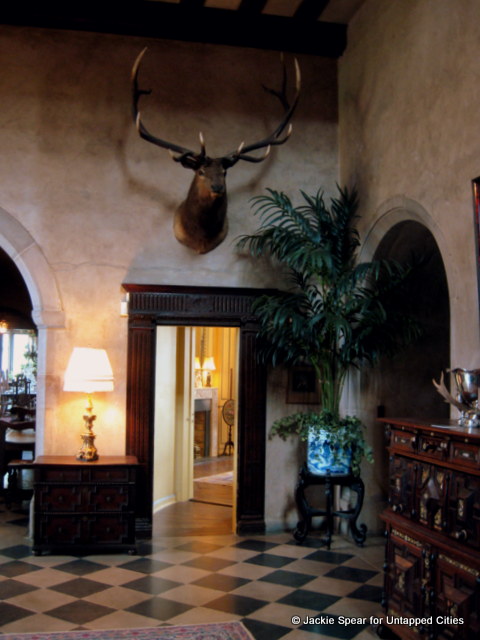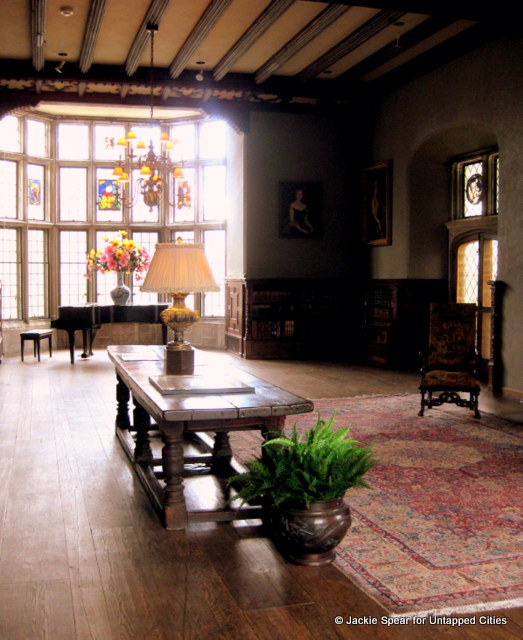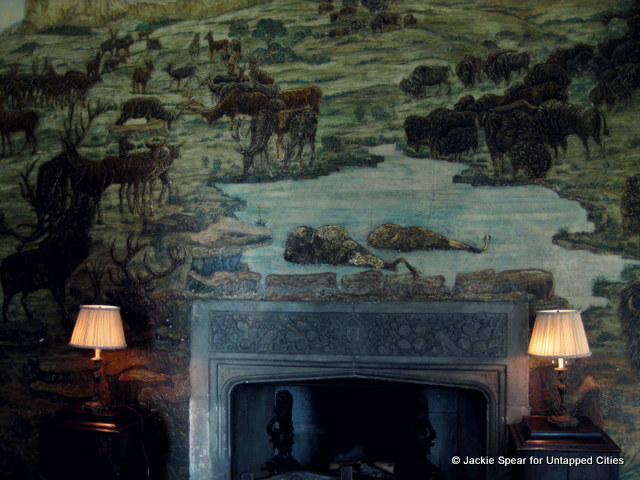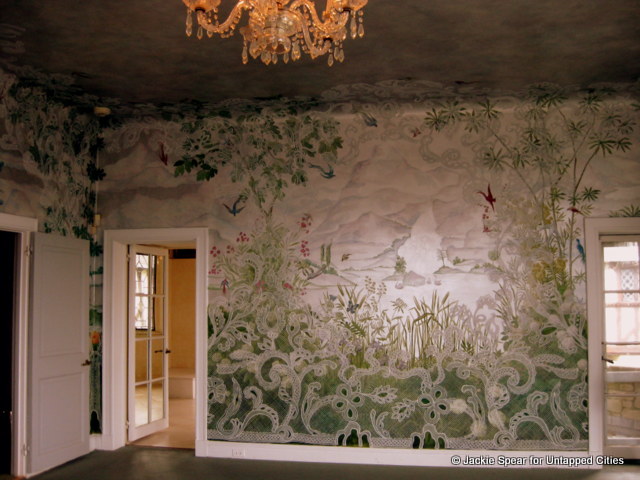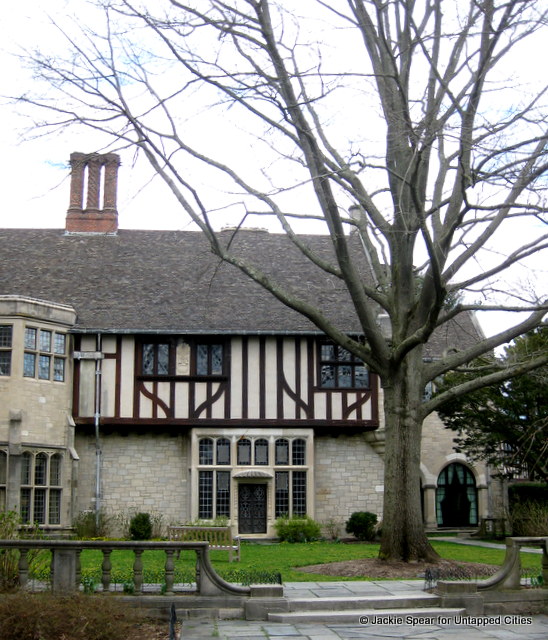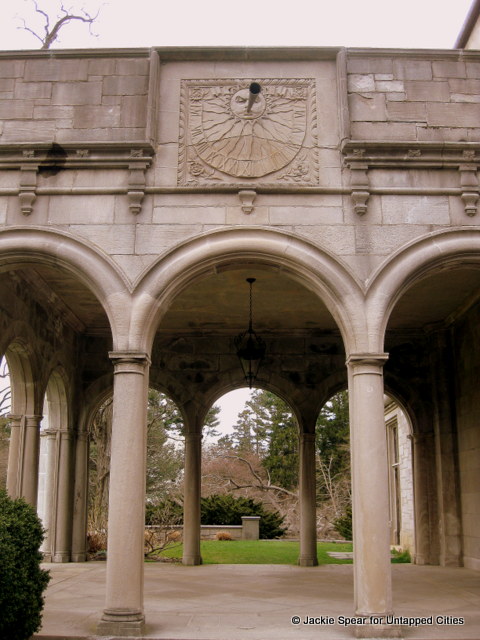To contextualize the characters of a F. Scott Fitzgerald novel, you have to first understand their relation to their surroundings. In Fitzgerald’s most celebrated novel, The Great Gatsby, Long Island’s Gold Coast region provides the necessary amount of drama, grandeur, opulence and richness to sustain the immortal characters in the novel. In Fitzgerald’s book, the West and East Egg of Long Island become leading characters themselves that entangle the characters into their fabric. To fully understand the magnitude of this literary landscape set during the golden era of the “Roaring Twenties,” we ventured out to the real Long Island Gold Coast to explore the Coe Hall Estate at Planting Fields with SideTour.
Nestled in Oyster Bay, The Coe Hall Mansion at Planting Fields represents the exorbitance of wealth that accumulated amongst an elite part of society during the early ’20s. With no limitations on expenditures, many families flocked to Long Island from Manhattan to build their dream summer homes. Coe Hall was first built in 1904 and the construction was commissioned by James Byrne. The property was later purchased by William Robertson Coe and his wife Mai Huttleston Rogers Coe in 1913 at a price tag of $750,000.
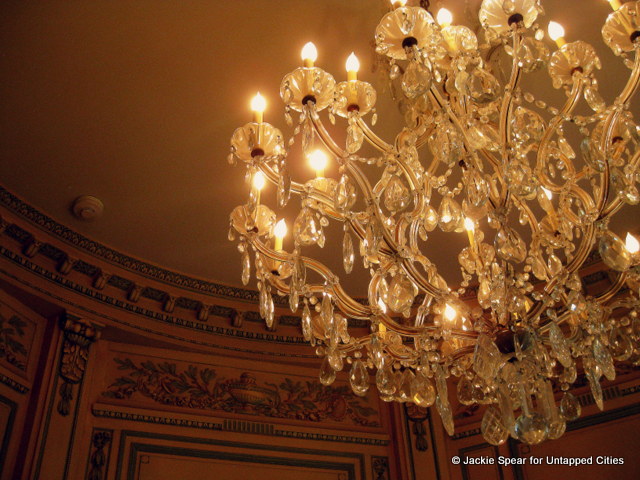
William Coe, born in 1869, made his fortune in the marine insurance industry, and married Mai Rogers, born in 1875, in the year 1900. Mai came from an extraordinarily wealthy upbringing as her father was a Standard Oil partner. The marriage, in a sense their “merger,” metaphorically represented the collision of new-money and old-money. This was a theme that Fitzgerald explored unremittingly in The Great Gatsby as he was interested in the decay of American culture, foundations of wealth, and the often perverse behaviors of those who find themselves in the upper echelon of society. Gatsby and Daisy’s relationship draws many similarities to William and Mai’s relationship, as both couplings were the epitome of the American Dream. William rose very quickly through the ranks at his insurance firm to become Chairman of the Board at a young age. He was also involved with the Virginian Railway and an owner of properties in South Carolina, Manhattan, Florida and Wyoming. The couple had four children named William, Robert, Henry and Natalie.
It was Mai who oversaw the majority of the construction and horticultural development at the estate. While the estate was a favored destination for the family, especially during hunting season, the Coes spent a majority of their time at their Wyoming property. The family also had a Manhattan brownstone on the Upper East Side. Mr. Coe had a fascination with the wild West and even commissioned a mural of Buffalo Bill’s Wild West to be painted in his breakfast nook. The family’s life was rich and full of adventure as they were able to split their time in so many destinations. Unfortunately Mai passed away in 1924 and William went on to remarry Caroline Graham Slaughter Coe in 1926. While Caroline was a loving step-mother to the Coe children, she never felt at home in Mai’s house. She had the manor house at Planting Fields built after William’s passing in 1955. The manor house is a smaller property situated behind the greenhouse and it was Caroline’s residence until her death in 1960.
Returning to details of the estate, the original Coe Hall mansion actually burned down in 1918 and the house, as it stands today, was a “Tudor Revival” construction and nod to sixteenth century Elizabethan country estate. The architects constructed the facade in limestone and carved ornate symbols, mainly symbols related to farming, on the exterior. What’s striking upon entering the mansion is the number of antiquities that the Coes collected. Their decorating style was heavily motivated by the objective to convey the sense that the house was a lot older than it actually was.
This was similar to Gastby’s fictional mansion in the West Egg. As a typical nouveau-riche, he wanted to pretend that he belonged in aristocracy and that his mansion could be a French hôtel particulier. The estate of Daisy Buchanan and her husband in the East Egg epitomizes traditional Georgian and Southern plantation style – a nod to true American design. Sharing the same sentiments and intentions as Gatsby, the Coes selected numerous antiques that resembled pieces from the sixteenth century. In exploring the rooms throughout the mansion we were first drawn to Mr. Coe’s den as it is a very stately room. The library breathes sophistication and the hidden alcoves, bookshelves, and the secret bar behind a faux wall, all contribute to the alluring feel you get when you walk into this room. The secret bar reminded me of a place where Daisy and Gatsby could have had their private conversations and stolen moments to confess their love for each other.
Our favorite room in the house was Mai Coe’s reception room. This was the room where she held her daily meetings with the butler, cooks, and housekeepers to get the household affairs in order. At the time of the family’s residence, they had upwards of eighteen servants at a given time. Moving on through the Gallery and the Drawing Room, the Tudor craftsmanship is carried throughout the house, with large exposed wooden beams protruding from the vaulted ceilings. Mr. Coe had an extensive book collection, so it was in these rooms with the high ceilings that he constructed tall bookcases to house his pieces. This reminded us of Gatsby’s library and how it is leveraged in the novel to help portray his wealth. By having a large volume of books on display, an example of ample riches and disposable income, Gatsby is interested in obtaining Daisy’s affection by impressing her with his vast collection, even though he has never read any of the books.
One of the most interesting rooms was Mai Coe’s bedroom. The Planting Fields foundation hired a painter to reproduce the original mural on the bedroom wall in 2010 by using two surviving photographs. The original mural had been stripped down after her death and then later burned in a fire. The room exhibits Mai’s taste for eighteenth century French design.
After touring the mansion, our tour guide took the group around the Planting Fields grounds. The estate boasts over 409 acres of Italian gardens, a Camellia house, a main Greenhouse, a Tea House, a formal garden area, a carriage house and countless other gardens. The expansive grounds are open to the public and can be used for private events. It is from the back balcony that you can close your eyes and envision the glamorous parties that the Coes hosted during a warm Long Island summer evening. Just as Fitzgerald crafted a fantastical dream of tents, entertainment, champagne, and brilliance, the tour of Coe Hall and its surrounding grounds make it easy to imagine what life could have been like back then.
In 1949, Mr. Coe donated his property to the public of New York. The estate was even used as a university for some time until it later became part of the National Register of Historic Districts. The estate is supported by Friends of Planting Fields and the Planting Fields Foundation. For more information on visiting Coe Hall at Planting Fields, you can visit their website here. Located at 1395 Planting Fields Rd Oyster Bay, NY 11771.
Click here if you’d like to learn more about “Step Inside the Gatsby Life at an Historic Gold Coast Mansion” hosted by SideTour.
